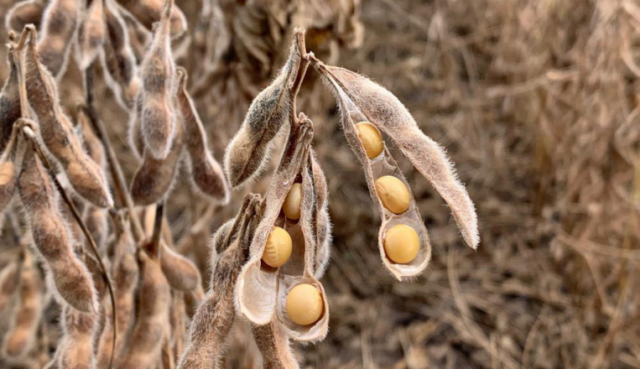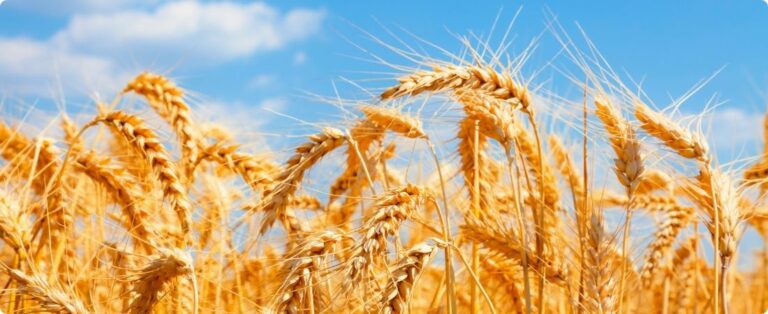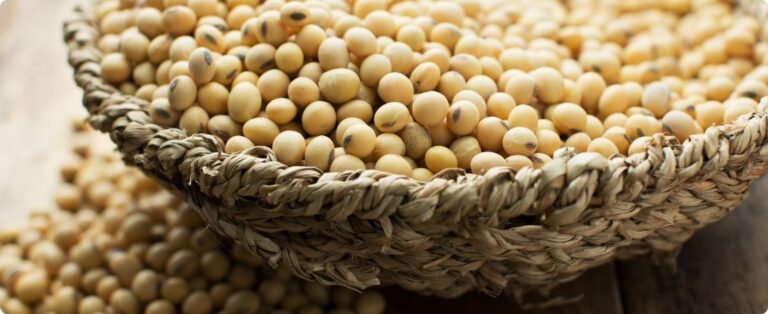USDA sees record Brazilian soybean harvest in 2020/21 above 130 million tons.
Soybeans, the main crop of Brazilian agribusiness, have become increasingly important on the national and international scene. With its high percentage of protein, it is consumed on a large scale for animal nutrition and is gaining more and more space in human nutrition.
“I came from China and that’s where I’m going.”
China, the country of origin of soybeans, is today the biggest importer of the oilseed. In 2020, the Asian giant imported approximately 20 million tons (Mt), and in the last 20 years this volume has more than quadrupled, today importing more than 85 Mt. And during that same period, the Brazil, USA and Argentina were and continue to be the main producers and exporters of the world.

Rio Grande do Sul had a production projection for this year of approximately 19 million tons, but due to the weather, unfortunately, it suffered a huge crop failure that meant this year's reduced harvest was around 10 million. of tons.
Today agribusiness attracts young people, Fintechs and Startups. Mechanization relies on cutting-edge technology, using machinery powered by computers, drones to combat pests, monitoring soil moisture, among many other tools. Farmers are increasingly specializing in dealing with hedging mechanisms such as futures contracts, options market and barter (exchange of inputs for grains), which help with financial protection through market fluctuations.
Per: Frederico Lampe | Aboissa Commodity Brokers
{module Form RD}















